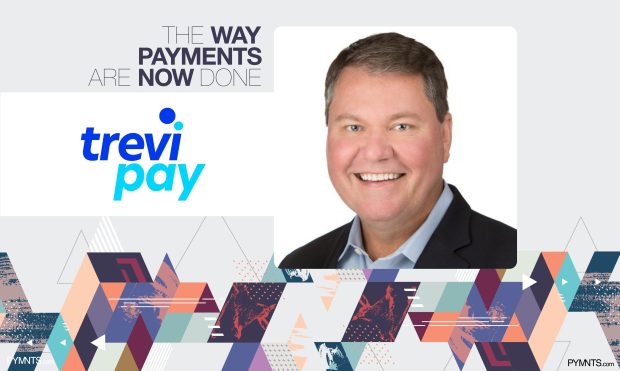The New Normal: B2B Payments Must Be Like B2C Transactions

“Thanks to the pandemic, the delta between B2C buyers and B2B buyers has completely collapsed,” says Brandon Spear, CEO of TreviPay. In “The Way Payments Are Now Done,” Spear discusses how B2B merchants must stay abreast of changing consumer expectations, embrace the new normal and join the B2B payments digital evolution. Read his insights, along with those of 32 other payment executives.
If there’s one thing today’s B2B buyers want, it’s fast, frictionless online payments. They want the actual B2B payments process, complex as it is, to be as easy as the B2C “buy now” experience.
Thanks to the pandemic, the delta between B2C buyers and B2B buyers has completely collapsed. To quote Forrester Principal Analyst Jay McBain, “Three years of consumer behavior change was squeezed into one year in 2020. … Consumers are now demanding online experiences, happily virtual, wanting seamless digital procurement and provisioning, and wanting everything at the click of a button. … It’s all about speed, convenience and remote, whether the buyer is acquiring a Peloton or a software product.”
In a recent study conducted by McKinsey & Company, 66% of B2B decision-makers surveyed believe that self-service is now more important to customers than traditional sales interactions — an 18% increase from before the pandemic. And of the 3,600 B2B leaders McKinsey surveyed, 96% have shifted their go-to-market strategy. The online B2B buying experience is changing fast.
But let’s be clear: This isn’t just a pandemic payments strategy – it’s the new normal. In fact, according to McKinsey, 80% of the leaders plan to keep their new selling models. That’s why B2B companies must address these customer expectations now, before sales are lost due to slow and clunky online buying experiences.
One key feature of an improved B2B buyer experience is offering multiple ways for first-time purchasers to pay, all with the ease of one-click purchasing. Our new study found that B2B merchants now offer 4.7 payment methods, on average. Of these companies, over 50% currently offer traditional wire transfer, digital wallet payments, traditional credit cards and real-time payments.
But keep in mind that business customers often prefer to purchase on terms. In the shift to digital-first interactions, instant decisioning is critical to grabbing the sale and keeping the customer. Plus, these buyers will spend more, and more frequently, when they have a dedicated financial relationship and credit line with a business. The advantage over the competition is significant when customers know they can easily purchase once they’re ready for more stock.
It’s important to note that as online sales grow, fraud is likely to increase. It’s the nature of eCommerce these days. As more online customers are acquired and globalization accelerates, there is a growing risk of business identity theft and other forms of digital fraud. These days, sophisticated fraud detection processes are absolutely mandatory for companies of all sizes.
At this time, it is more important than ever for B2B merchants to stay in tune with changing consumer expectations, driven by the rising digital generation and accelerated by COVID. And when it comes to B2B payments, now is the time to embrace the new normal and join the B2B payments digital evolution.
